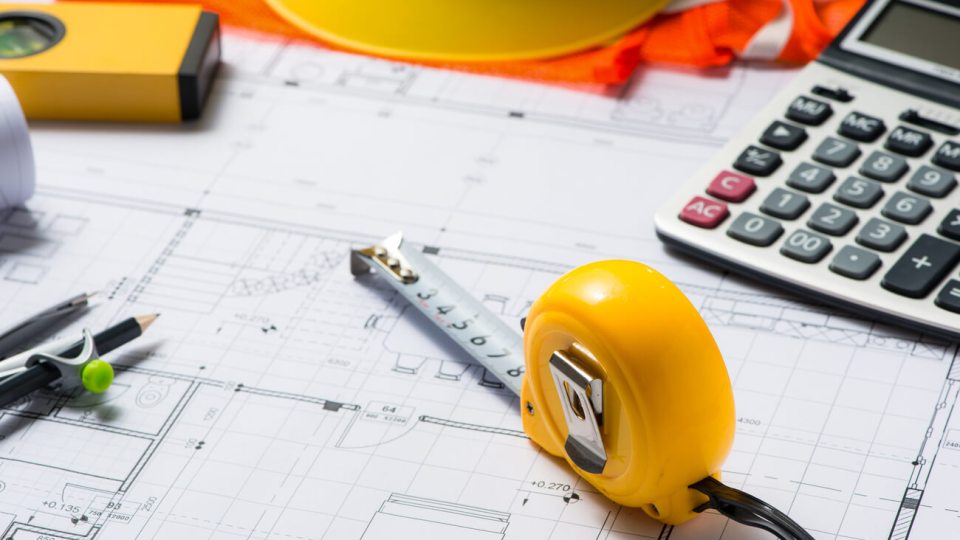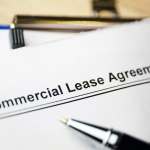Understanding & Estimating the Cost of Your Office Build-Out
The buildout you decide on can make the difference between an uninspiring work environment and an office space with creative and constructive influence. A good buildout can also attract personnel, as well as please clients in ways that highlight your company brand. And, while construction costs can easily go over budget, a lease build-out agreement can be just what you need. Plus, tenant improvement allowances that are efficiently negotiated into the lease can even transfer the burden of direct buildout costs to the landlord.
Buildout Options: Turnkey
In the case of a turnkey buildout, the tenant walks into brand new, customized office space that is ready to accommodate operations. Turnkey buildouts are funded and carried out entirely by the landlord and based on tenant specifications. Of course, all aspects are mutually agreed upon during the lease negotiations before any work is done.
In this arrangement, the tenant contributes a design plan and works with the landlord to compromise on a final product that is acceptable to both parties. For instance, turnkey allowances regularly include walls, light fixtures, electrical outlets, phone jacks, closets and any other reasonable requests. Carpet and paint colors and styles are also often selected by the tenant.
However, while turnkey buildouts seem very tenant-friendly, there can also be some drawbacks. For example, because the landlord fronts all of the capital to fund construction, there is often an implied incentive on their part to use cheaper materials and workers, as opposed to prioritizing quality. Unfortunately, skimping on contractors with the best track record for quality work may result in poor craftsmanship — which, in turn, causes a more frequent need for maintenance work. Ultimately, this can be quite disruptive to the tenant’s day-to-day business. Therefore, it’s important that tenants incorporate quality assurance into the agreement — and follow through on it.
In particular, a turnkey buildout generally works well for businesses leasing smaller spaces (less than 10,000 square feet of office space). Turnkey also tends to be more beneficial for tenants with short-term leases. Alternatively, in most other contexts, a tenant improvement buildout would most likely be the more efficient choice.
Buildout Options: Tenant Improvements
Conversely, in a tenant improvement buildout arrangement, it’s the tenant that takes charge of the project. In many ways, this is preferable to the majority of business tenants, as they have the relative freedom to select an architect and hire the contractor they consider best for the job, as well as coordinate the use of quality finishes — all while supervising the budget.
Notably, the budget is determined during lease negotiations and sets the dollar amount per square foot of the agreed-upon lease value that the landlord allows for improvements. As a result, it’s advisable that tenants enter negotiations with a good understanding of their needs, as well as a cost projection that is as accurate as possible. After all, it’s their business budget that will suffer the drain if the cost projection is underestimated.
Estimating the Cost of Your Desired Buildout
Because costs vary widely across different markets, there’s really no easy answer to the estimated cost of your build. For instance, even within the same market, you’ll see significant differences in estimates depending on the construction grade and peculiarities of the property. Moreover, setting up your space in new buildings in mint condition will likely be more expensive than second-generation buildings — where items like doors, finishes and ceilings can be refinished or reused for the buildout. Higher-quality finishes also contribute to increased dollars per square foot. Plus, the cost of the labor itself is also not standard in any location. As an example, special-purpose buildouts — such as medical offices or laboratory space — will be much pricier than a regular office work environment.
Furthermore, while broad cost figures that you might find with a quick search can be helpful in the early stages of planning, it’s highly recommended to consult an architect and/or a contractor before heading into lease negotiations in order to finetune cost estimates to the location and any specific plan requirements.
Ideally, the entire process would unfold as follows:
- Find your office space
- Begin designs: First, business executives identify and detail space requirements and then architects and engineers transform that information into usable blueprints so you can get a roughly reliable estimate of costs.
- Negotiate the lease: With blueprints, plans and estimates ready, lease talks can now begin. Ideally, the landlord and prospective tenant reach an agreement of either turnkey or tenant allowance buildout. Then, the next phase can proceed.
- Collect bids: Concluding the negotiation — and assuming the arrangement was decided in favor of an allowance — the tenant now has a per-square-foot budget for the buildout. So, next, it’s time to seek bids from contractors. In this stage, it’s important that the contractor who is selected takes the time to understand the culture and goals of the company so that the work can be tailored to accommodate and reflect both. All contractor bids should also include detailed itemization of the projected costs.
- Begin construction: At this point, the tenant should designate a project manager to oversee the construction work. Ideally, they should submit weekly reports that can be easily verified against the project schedule to ensure high adaptability to any unforeseen issues. These reports should include any results of building department inspections, as well as pictures of work progress and schedule updates.
Finally, it’s also important to keep in mind that costs can vary from one season to another due to factors such as shipping and fuel costs. Therefore, good timing and planning are essential. And, because unexpected issues will inevitably occur and affect the estimated buildout schedule, it’s best to start the process as early as possible to avoid ending up in a holdover situation in the lease space that will be vacated upon completion of the buildout.









